The Chapel ~ Manadon, Plymouth.
Client : Private.

The Grade II listed Manadon House was built as a country house in 1681 A.D. Having been re-modelled on a previous house here on the site, there are features within this building that date back even earlier to the 1500’s. In 1940 the R.N.E.C. (Royal Naval Engineering College) acquired the site and constructed new buildings to train their officers and in 1946 it was named H.M.S. Thunderer. The Navy left in 1995 and the grounds were sold off to create new housing. The Admirals house was sold to developers and converted into three separate dwellings. Within the grounds is an old linhay barn and during the time that the Admiralty occupied the site this barn served as a chapel. It has since been converted into residential use and is Grade II listed.

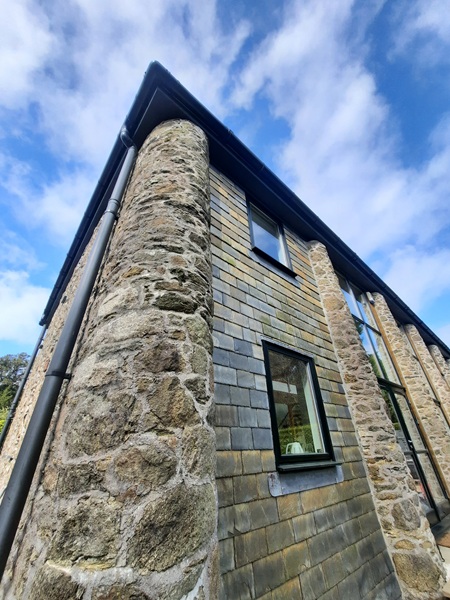
In the gardens of this converted building we were ask to carry out some minor repairs and repointing to one of the stone walls. A few of the stones along the coping had become loose and these were taken out and prepared for re-bedding.
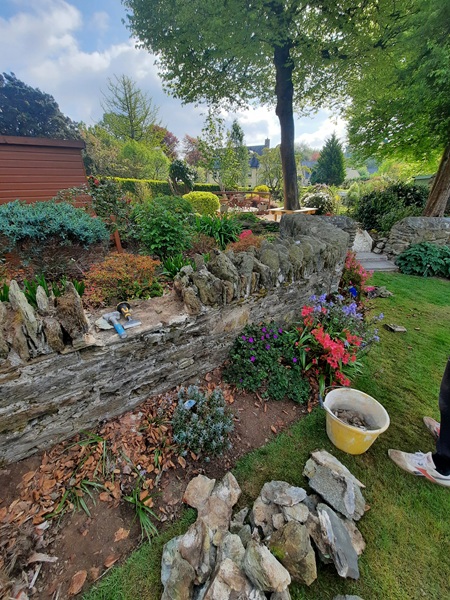
They were set back in using natural hydraulic lime mortar.
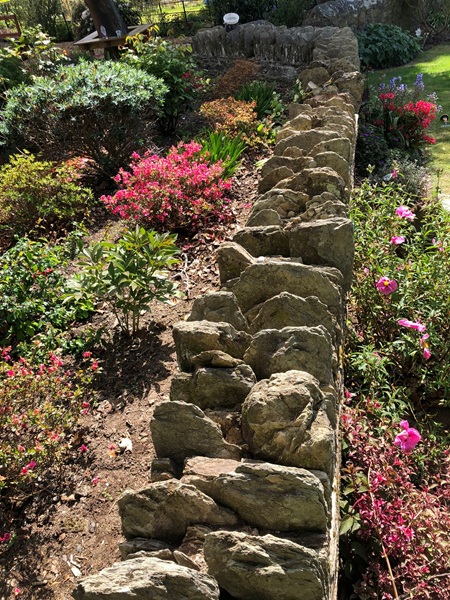
Then the whole of the coping was repointed in natural lime.
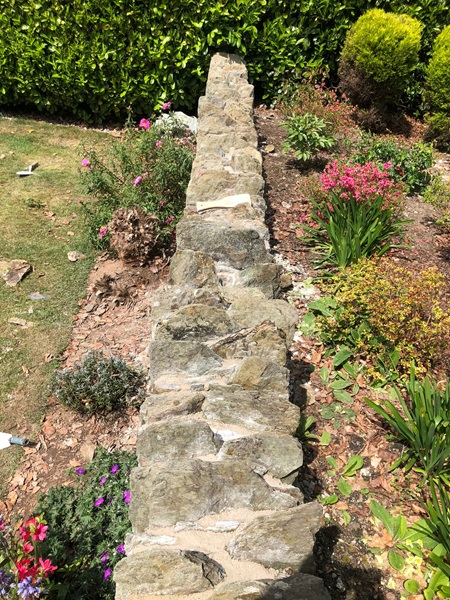
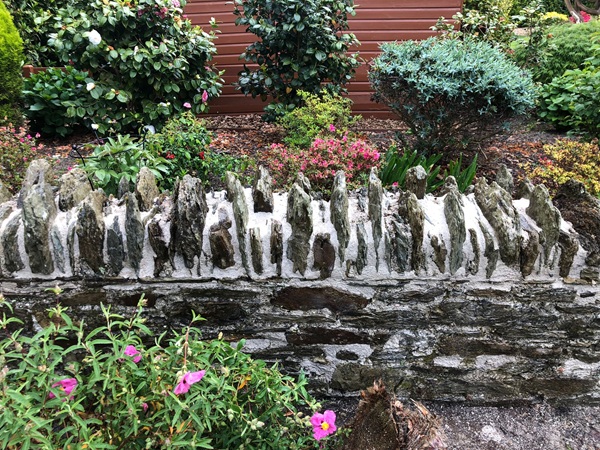
General re-pointing was then carried out to the wall itself.
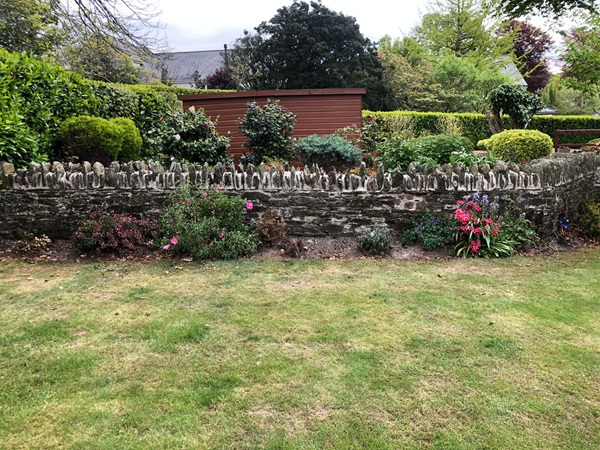
A linhay is a type of farm building found particularly in Devon and Somerset, around the south-west of England. Its main characteristic is a two-storeyed building with an open front, a tallet or hay-loft above and livestock housing below on the ground floor. It often has a lean-to roof, and the front generally consists of regularly spaced pillars or columns. Cattle linhays were used to house cattle in the winter months with hay storage above. Owing to the wide open front hay was easily thrown up into the tallet for storage after hay making by a man standing on a hay cart using a pitch-fork. The hay was kept dry by the roof while at the same time acting as insulation for the livestock below, and was easily fed as daily rations to the cattle below by dropping it through openings in the floor directly into hay racks accessible to the livestock.


